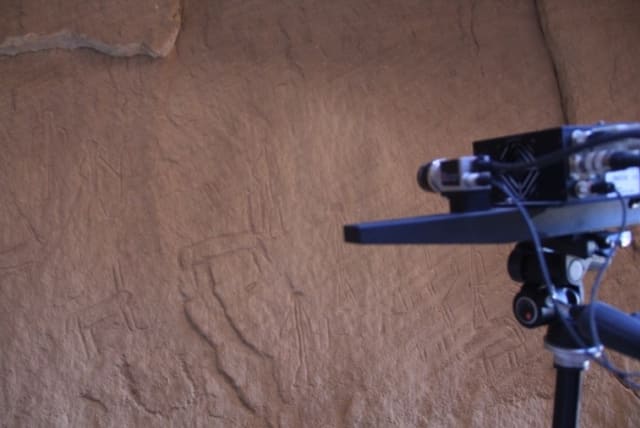Why was an engraving of a modern bicycle found in an ancient temple?

Did early man predict the modern bicycle? Enigmatic engraving in ancient Indian temple leaves researchers confused.
History enthusiast and YouTuber Praveen Mohan was exploring the Panchavarnaswamy Temple in Tamil Nadu, India, when he stumbled upon a remarkable and perplexing find.
He documented the discovery in a video on his YouTube channel, showcasing an engraving of a bicycle-riding figure on one of the temple walls.
What makes this find so intriguing is that bicycles were only invented in the 19th century, while the temple dates back 2,000 years.
How can a bicycle engraving be found on an ancient Indian temple?
How can we explain this baffling enigma? The engraving has sparked debates online, with theories suggesting that ancient civilizations may have foreseen the emergence of the modern bicycle.
However, the facts are indisputable: the first documented bicycle model was showcased to the public in Paris in 1818, and it was not until 1885 that the first modern bicycle with a chain was developed.
The video rapidly gained hundreds of thousands of views, and viewers responded with intrigue. One commenter mused, that perhaps ancient societies were far more advanced than we previously believed. Another pondered, if modern humans perhaps never invented anything, but rather are rediscovering old technologies that have been forgotten.
However, before we become too enthralled, ophthalmologist and history enthusiast Dr. R. Kalaikovan offered a plausible explanation in an interview with the Hindu.
After conducting an investigation, Dr. Kalaikovan discovered that the temple underwent renovations in the 1920s, a time when bicycles had become commonplace. He suggested, "Perhaps the sculptor had seen someone on a cycle, was impressed by it and had recorded it forever on stone." While this explanation appears reasonable, it still lacks concrete evidence.
View this post on Instagram
Jerusalem Post Store
`; document.getElementById("linkPremium").innerHTML = cont; var divWithLink = document.getElementById("premium-link"); if (divWithLink !== null && divWithLink !== 'undefined') { divWithLink.style.border = "solid 1px #cb0f3e"; divWithLink.style.textAlign = "center"; divWithLink.style.marginBottom = "15px"; divWithLink.style.marginTop = "15px"; divWithLink.style.width = "100%"; divWithLink.style.backgroundColor = "#122952"; divWithLink.style.color = "#ffffff"; divWithLink.style.lineHeight = "1.5"; } } (function (v, i) { });
